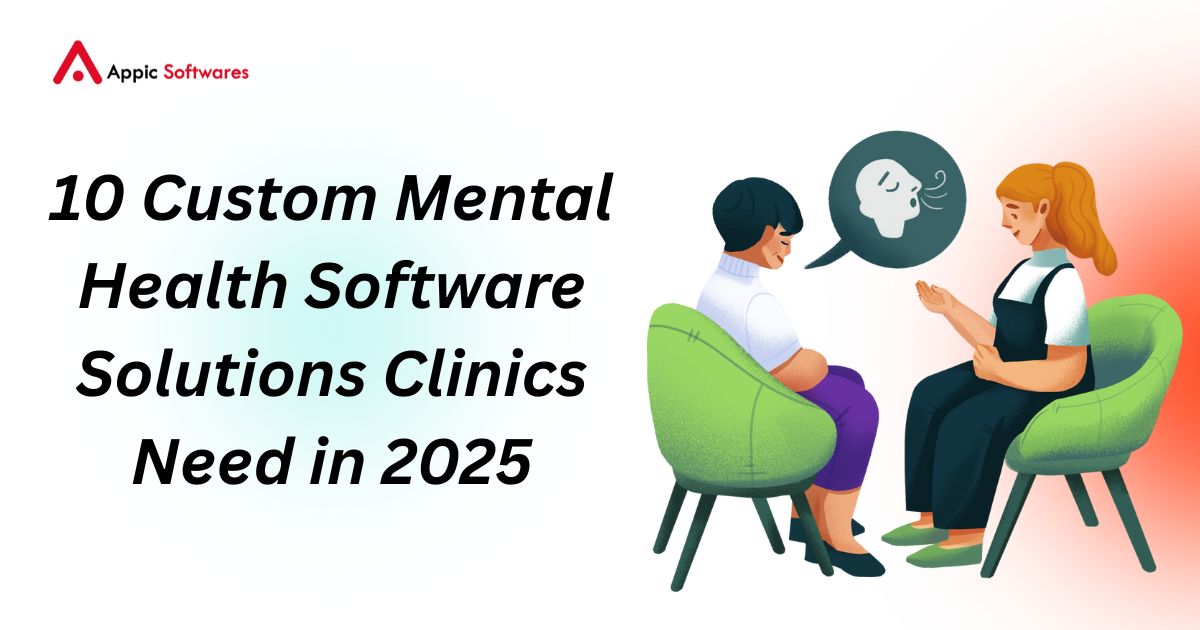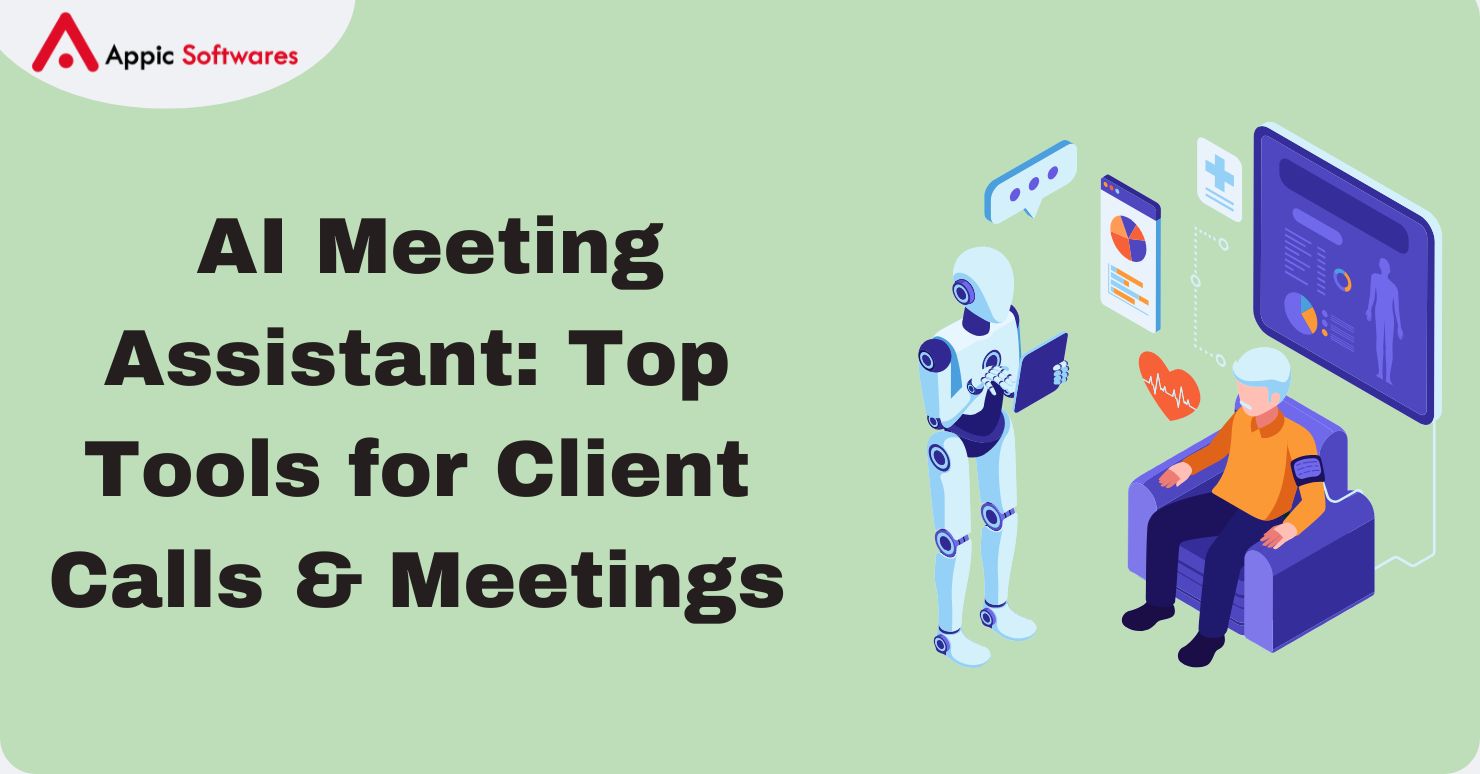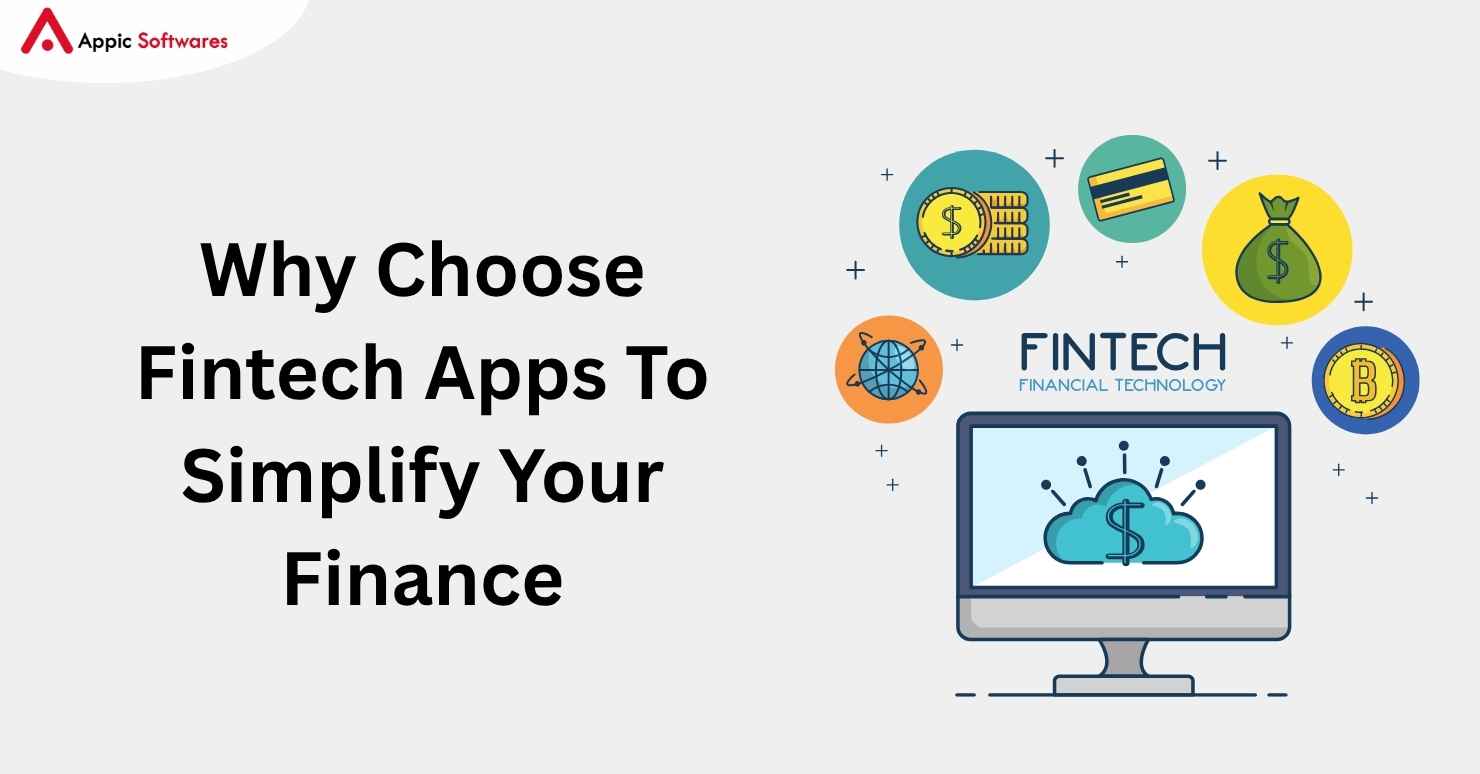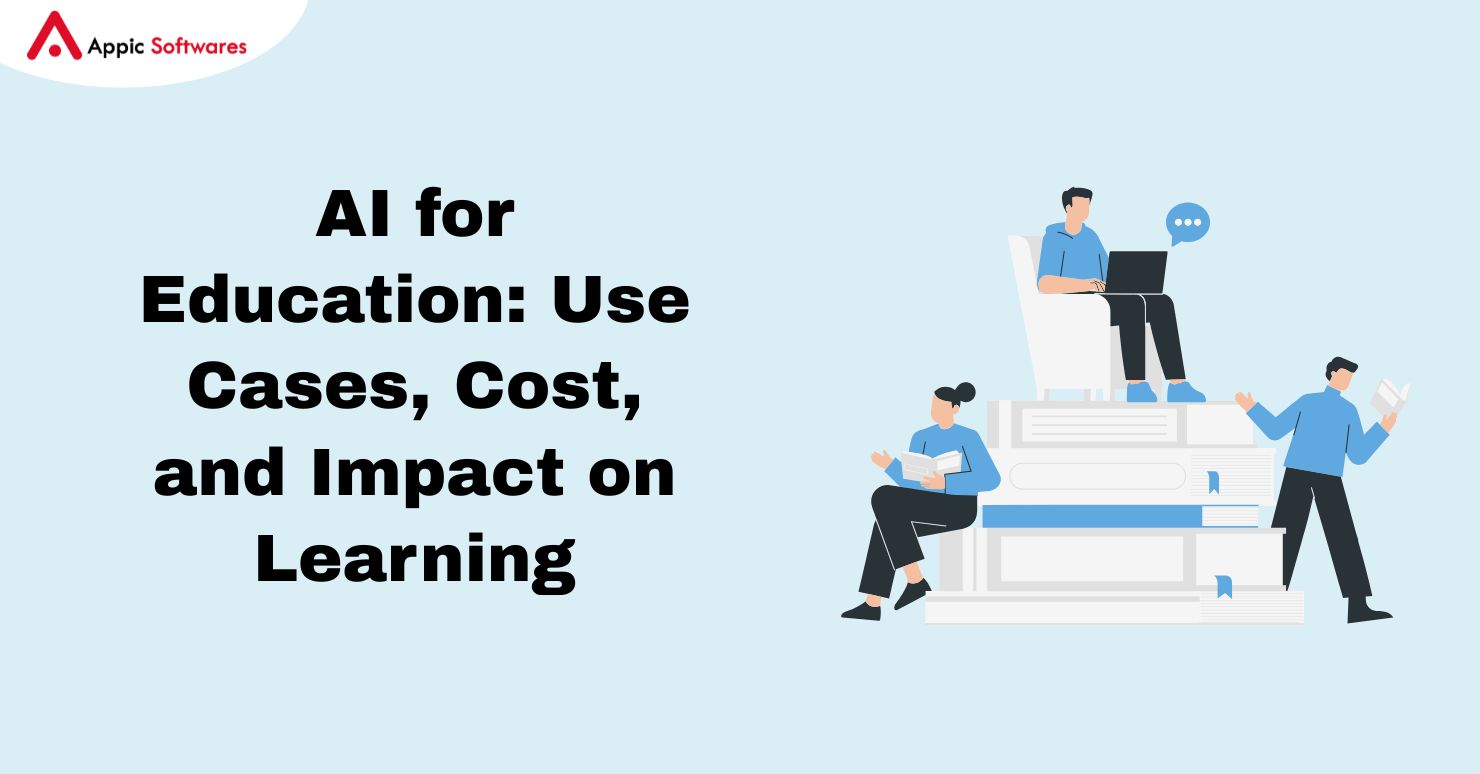
AI is changing several businesses around the world, and education is one of the most active fields undergoing huge changes. The use of AI in education, IoT in EdTech, and smart algorithms is changing the way kids learn, teachers teach, and schools run in a big manner.
This article will look at how AI is changing education, give real-world examples of how it can be used, talk about the costs of putting it into practice, and show how it is affecting students, teachers, and the whole education system.
What is AI in Education?
Machine learning (ML), deep learning, natural language processing (NLP), and computer vision are some of the AI technologies that can be used in schools to help students learn better. These tools help make lessons better, make sure that each student gets what they need, and finish tasks that need to be done over and over again.
Think of a system that could check how well you understand algebra and then offer video lessons, tests, or live tutoring to help you with the parts you need more help with. That’s AI at work, making the content and the experience better.
To put it briefly, it’s about
- How to make material work for every student
- Getting info to teachers in real time to help them
- Setting up automatic marking, attendance, and scheduling
- Making learning possible for everyone
Why AI Matters in Education
Traditional education models assume every student learns the same way, at the same pace. In reality, every learner is different. AI changes the game by offering personalized learning experiences. It provides teachers with real-time data and insights so they can make informed decisions.
It also simplifies admin tasks, so teachers can focus on teaching, not paperwork. And for students, it opens the door to interactive and engaging learning experiences that match their needs and abilities.
Top Use Cases of AI in Education
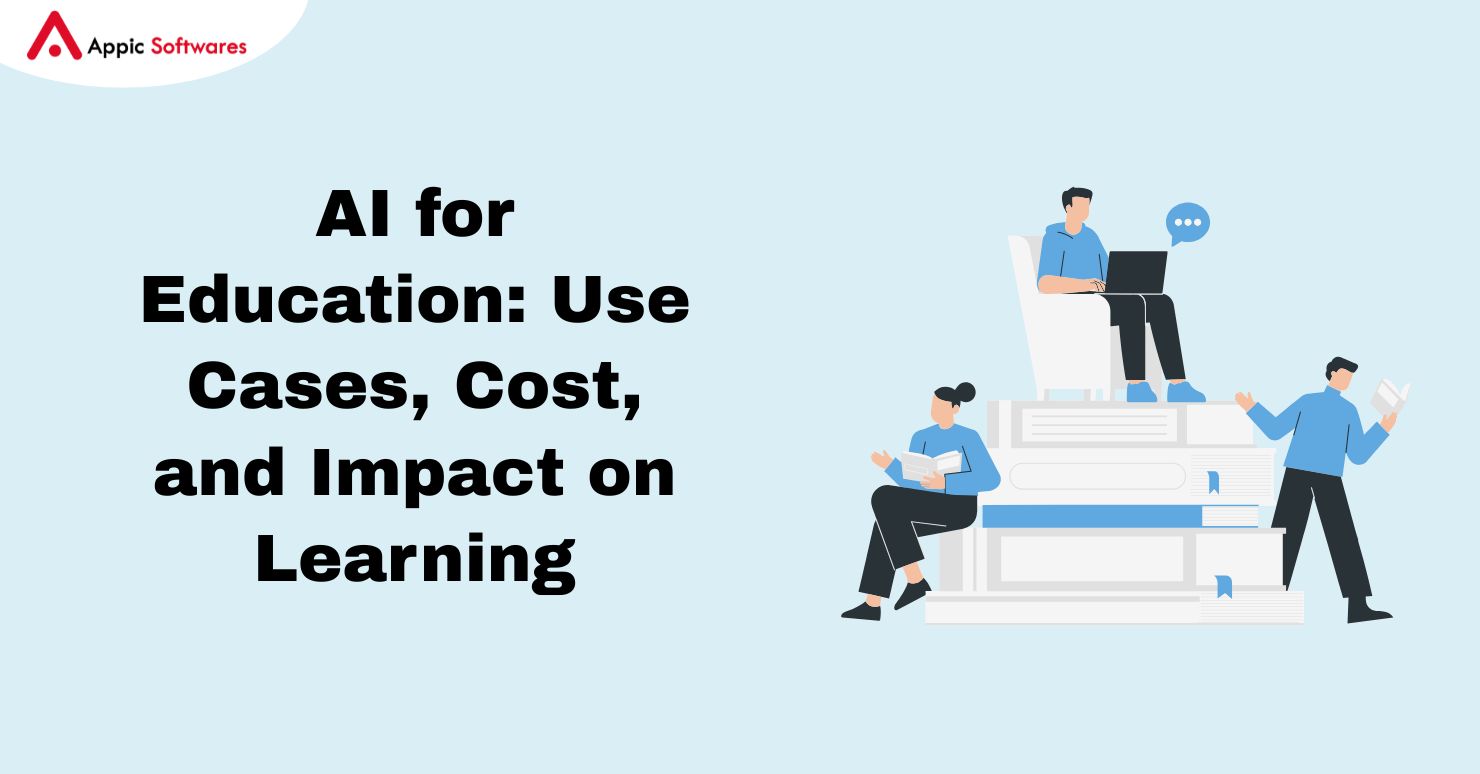
Let’s dive deeper into the real-world ways that AI in EdTech is making classrooms smarter and learning more effective.
1. Personalized Learning Paths
AI-driven systems can identify a student’s strengths, weaknesses, and learning preferences. These systems then deliver tailor-made content suited to each student’s pace and style.
For example, a student struggling with fractions can receive more practice problems, while a high-performing student gets advanced topics. It ensures no one is left behind or unchallenged.
Benefits:
- Custom learning pace
- Enhanced focus on weak subjects
- More engaging content
2. Smart Content Creation
AI can generate study materials automatically:
- Summarized chapters
- Auto-generated quizzes
- Custom flashcards
- Real-time progress-based questions
These tools help teachers save time while ensuring students receive high-quality, engaging, and relevant content.
3. Virtual AI Tutors
AI agents in education act like personal tutors. Available 24/7, they answer student queries instantly and help with homework, revision, or concept clarification.
Whether it’s a chatbot in a mobile app or a voice-based assistant in a learning platform, these AI tutors fill learning gaps between classroom sessions.
4. Classroom AI Assistants
Classroom AI tools enhance in-class learning. For example, AI can analyze a student’s facial expression or voice tone to assess engagement. If a student looks distracted or confused, the system can notify the teacher or suggest changes in content delivery.
This helps teachers adjust their teaching style in real time.
5. Automated Administrative Tasks
From grading exams to generating performance reports, AI automates repetitive and time-consuming tasks. This reduces teachers’ workload and ensures consistency and fairness in grading.
Automation includes:
- Marking objective and subjective tests
- Attendance management
- Report card generation
- Feedback collection
6. AI in Special Education
AI enables inclusive learning environments by helping students with special needs. Tools include:
- Voice-enabled commands
- Smart screen readers
- Predictive text tools
- Real-time transcription for hearing-impaired students
These innovations empower every student to learn in a way that works best for them.
7. Gamified Learning
Gaming education apps powered by AI make learning more fun and interactive. These apps combine storytelling, rewards, and competition to keep students engaged.
AI personalizes these games based on learning progress, making each user’s experience unique and educational.
IoT and AI in EdTech
When AI in education is combined with the Internet of Things (IoT), we get smart learning environments.
Examples:
- Smartboards that record and save notes
- Wearables that track student health and attention
- Sensors that monitor classroom temperature and noise levels
These IoT tools feed data into AI systems, allowing schools to optimize how learning happens continuously. It leads to more comfortable, efficient, and connected classrooms.
Benefits of AI in Education
AI benefits students, teachers, and institutions in powerful ways:
1. For Students
- Personalized content and learning paths
- Real-time doubt solving and feedback
- Immersive experiences through gamified learning
- Support for learning disabilities
- Access to education anytime, anywh
best online pharmacy with fast delivery buy ozempic online with the lowest prices today in the USA
ere
2. For Teachers
- Reduced workload through automation
- Insight into individual student needs
- Data-driven lesson planning
- Classroom behavior analytics
3. For Institutions
- Optimized resource allocation
- Predictive analytics for student success and dropout prevention
- Enhanced hybrid and remote learning infrastructure
- Cost-effective operations
Types of EdTech Apps Enhanced by AI
AI is enhancing multiple types of EdTech apps that students and educators use daily:
1. LMS (Learning Management Systems)
Platforms like Canvas, Moodle, and Blackboard use AI for:
- Course recommendations
- Adaptive testing
- Engagement tracking
2. Language Learning Apps
Duolingo, Babbel, and similar apps use AI to assess pronunciation, learning speed, and progress to tailor lessons.
3. Exam Preparation Apps
Apps like Embibe and BYJU’S:
- Customize revision schedules
- Offer AI-powered mock tests
- Highlight weak topics
4. Classroom Management Tools
AI-based apps help manage lesson planning, student behavior, and feedback systems efficiently.
5. Virtual Classroom Platforms
Google Meet and Microsoft Teams are integrating features like live transcription, facial recognition, and mood tracking.
Ways AI is Transforming the Education Sector
1. Democratizing Education
AI removes barriers by offering affordable and accessible learning to students worldwide. A student in a remote village can now access Ivy League-level content.
2. Real-Time Performance Monitoring
AI systems track minute details such as how long students spend on tasks, their response accuracy, and behavioral patterns. This allows teachers to offer timely intervention.
3. Data-Driven Decision Making
Institutions can predict which students may drop out, which programs work best, and how to improve curriculum based on massive datasets.
4. Redefining the Teacher’s Role
Teachers now act more as facilitators and mentors. AI takes over repetitive tasks and allows educators to focus on what really matters: guiding and inspiring students.
5. Making Learning Engaging
AI in gaming education apps makes learning competitive, fun, and adaptive. It keeps learners motivated with levels, points, and progress charts.
Cost of Implementing AI in Education
Implementing AI in an educational setting comes with varied costs. Here’s a rough estimate:
| Type | Example | Estimated Cost |
|---|---|---|
| Basic AI Chatbot | Virtual doubt solver | $5,000 – $10,000 |
| Custom LMS with AI | For universities | $30,000 – $100,000 |
| AI-Powered Learning App | Personalized tutor platform | $25,000 – $70,000 |
| Full AI Classroom Suite | Smart boards, sensors, analytics | $100,000+ |
Additional costs may include:
- Cloud hosting and server setup
- UI/UX design
- AI model training
- Maintenance and support
Benefits of Hiring an Educational App Development Company
If you’re building an AI-powered educational app or platform, hiring experts makes a huge difference.
Key Advantages:
- Access to AI and EdTech expertise
- Scalable architecture for growth
- Quick time-to-market with pre-built modules
- Compliance with GDPR, COPPA, and FERPA
- Ongoing maintenance and innovation
A professional educational app development company ensures your vision becomes a reliable, user-friendly, and scalable realit
y.
Challenges of AI in Education
Despite its benefits, AI in education comes with a few roadblocks:
1. Data Privacy and Security
Schools must protect student data, especially when dealing with minors. Compliance with data laws is a must.
2. Bias in Algorithms
Poorly trained AI may produce biased results, which can impact student evaluations and career opportunities.
3. Infrastructure Costs
Setting up AI systems requires significant upfront investment in technology, servers, and staff training.
4. Teacher Resistance
Some educators are hesitant to adopt new technologies due to the fear of job replacement or a lack of training.
The Future of AI in Education
AI is here to help teachers, not take their jobs. We can look forward to:
- AI-powered emotional intelligence to fig
best online pharmacy with fast delivery purchase provigil with the lowest prices today in the USA
ure out how students are doing
- Lessons that use AI and AR/VR together
- Smart micro-learning modules
- Systems for automated career guidance
More and more, governments, companies, and schools are working together to find out what AI can really do in EdTech.
Final Thoughts
The presence of artificial intelligence in education is not just a trend but it’s a transformation. From personalized learning and smart classrooms to AI agents in education and gaming education apps, it’s changing the very DNA of learning.
But technology is only as powerful as the purpose it serves. With the right approach, AI can bridge learning gaps, empower educators, and make education truly inclusive.
If you’re planning to launch your own EdTech platform, don’t go it alone. Collaborate with an expert educational app development company like Appic Softwares to create a solution that truly makes a difference.
FAQs
1. What does AI mean in education?
AI in education means using technologies like machine learning, natural language processing, and predictive analytics in the classroom. It helps make learning more personal, automates administrative procedures, and gets students more involved.
2. What are some ways that AI is being used in the classroom right now?
Classroom AI is being utilized to make smart teaching systems, grade papers automatically, provide students rapid feedback, and change the material they study based on how well they do. It helps teachers by cutting down on their work and improving how well students learn.
3. What are the advantages of using AI in schools?
AI in education makes learning more personal, automates boring activities, keeps track of student progress in real time, creates welcoming learning spaces, and helps people make better decisions with data analytics.
4. How does AI affect how students learn?
AI makes learning better by making it more fascinating, versatile, and useful. It helps students learn hard things faster and better by figuring out how they learn best, discovering their weak spots, and giving them tailored aid.






